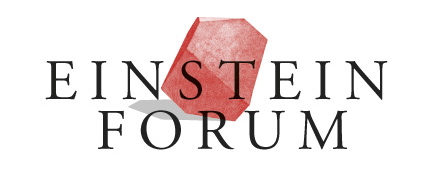Hynek Burda
Feng Shui in Nature, or Why Do Animals and Human Align?
Alignment means arranging into a line, a non-random, predictable position with regard to a certain cue or signal. Sunbathing, attentive listening, turning away from blinding light or whipping wind, and curious gazing upon an object of interest are all alignment phenomena. Alignment is advantageous: it helps people acquire information, reduce noise, avoid overstimulation, and save energy. And its study has heuristic potential: it provides information about motivation and sensory capacity of the subject. The hierarchy of senses, motivation, and actual requirement determine which kind of alignment may prevail (and mask other types of alignment). Magnetic alignment — along magnetic field lines — is one type of sensory alignment with all the attributes mentioned above. For many animals, the magnetic sense is an ordinary sense that operates on similar principles. The selection pressure on the magnetic sense may be lower than with most other senses, while individual variability in effi-cacy may be larger. (Consider the relative rarity of color blindness, tone deafness, and different types of anosmia.) This talk will discuss some misunderstandings about magnetic alignment and offer some caveats to its study in the lab and in the field. It will present examples of mammals displaying magnetic alignment in different behavioral contexts, and discuss its meaning in cognitive mapping, cross-modal integration, directional indication, and distance measurement.
Hynek Burda is Professor of General Zoology at the University of Duisburg-Essen and the former director of its Institute of Biology. Before assuming that position, he worked at the Goethe University Frankfurt as a researcher and senior lecturer. He completed his undergraduate studies in biology and his graduate studies in zoology at Charles University in Prague. His publications include four German university textbooks — General Zoology, Systematic Zoology, Evolution, and Human Biology — in addition to more than 200 original peer-reviewed papers, a Swahili/Czech dictionary, and the co-edited monograph Biology of Subterranean Rodents. He is a member of the editorial boards of Scientific Reports, Folia Zoologica, International Journal of Zoology, and Cogent Biology. A recipient of an Ig Nobel Prize in 2014, his work has led him to some improbable discoveries, including the fact that defecating dogs align their body axis with Earth’s north-south geomagnetic field lines. His book on African mole-rats will appear in December.
